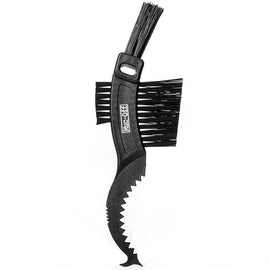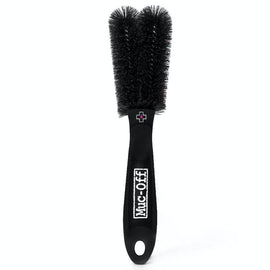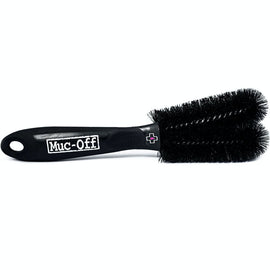 Guide to buying BMX tyres
Guide to buying BMX tyres
Having the right BMX tyre is essential to not only for having the best performance but also maximising safety. As with many bike types, a BMX can be used across a variety of terrains and surfaces so having the right tyre is super important.
Before diving into the types of tyres available and their features, it’s important to understand BMX tyre sizing first.
BMX Tyre Sizes
The standard BMX tyre is 20 inches in diameter (there are also mini BMXs which come in at 16 inches and 18 inches). Nice and easy to start with. Next is the width; you’ll find tyres generally start at widths of 1.5 inches and grow to a whopping 2.8 inches.
BMX racing tyres are toward the narrower end and BMX dirt tyres are toward the fatter end with normal and ramp use falling in-between (with exceptions of course).
Racing BMX tyres need to be thinner for speed and street tyres need to be fatter to absorb more impact.
For a general use BMX something from 2.125 to 2.3 inches will cover most uses and is what you’ll see on most generic BMX bikes and is a great start point to work out where to go next with finding the right size for your riding type and style.
BMX Tyre Tread Patterns
Because of the versatility of a BMX and its wide range of riding styles there are a plethora of tread patterns to match. Everything from completely smooth and essentially treadless tyres (remember the Primo Comet tyre?) all the way through to super aggressive high profile dirt tyres (Michelin Mambo is a great example).
There is a trade off of grip vs. rolling resistance with tyres (we’ll come onto tyre pressure shortly) depending on the terrain you find yourself on most. Also, some riders opt for an aggressive front tyre and a smoother rear tyre to get the right balance they need for their particular riding style.
Another consideration is that many BMX tyres have to be omni-directional, because riding BMX you can end up spending a lot of time going backwards with certain tricks and combinations.
As a final thought, if you ride a bit of everything a smoother tyre will cover most bases especially when it comes to ramps and street riding with only the need for a chunkier tread for dirt riding (although with the right trails a smooth tyre can be better!).
BMX Tyre Compounds And Pressures
BMX tyre compounds are somewhat less important compared to other cycling disciplines (road cycling) but tyre pressure plays a big part in riding BMX. Again, it all depends on your style and what feels right. Lower pressures give increased grip and most cushioning when landing (good for street riding) or higher pressures which reduce rolling resistance (good for ramp riding). Either way there is always a trade-off and the best advice is follow what the tyre recommends and keep an eye on your tyre pressures for consistency and safety.
BMX Tyre Protection
Back in the day treads were wild and sidewalls were thin. As a result the risk of a ‘pinch flat’ (or sidewall flat) was high. As BMX progressed so too did the main tread progress down the sidewall of the tyres until the whole tyre was a tread pattern (Primo ‘The Wall’ were first to nail this). Great at saving sidewall damage while street riding but they were heavy and added a lot of rolling resistance. Most BMX tyres these days have found a happy medium of protection vs. weight vs cost and it’s best practice to have the right tyre for the right terrain running at the right pressure than worrying about protection levels so much (unlike in Downhill MTB where it’s much more important).
Whatever BMX tyre you choose to run it does pay to have a premium branded tyre if you’re serious about BMX and simple run it within the recommended pressure range and be prepared to change your tyres for different styles as you progress in your riding and riding styles.
Why not check out your next BMX tyres from our great range here at Click Cycle.







